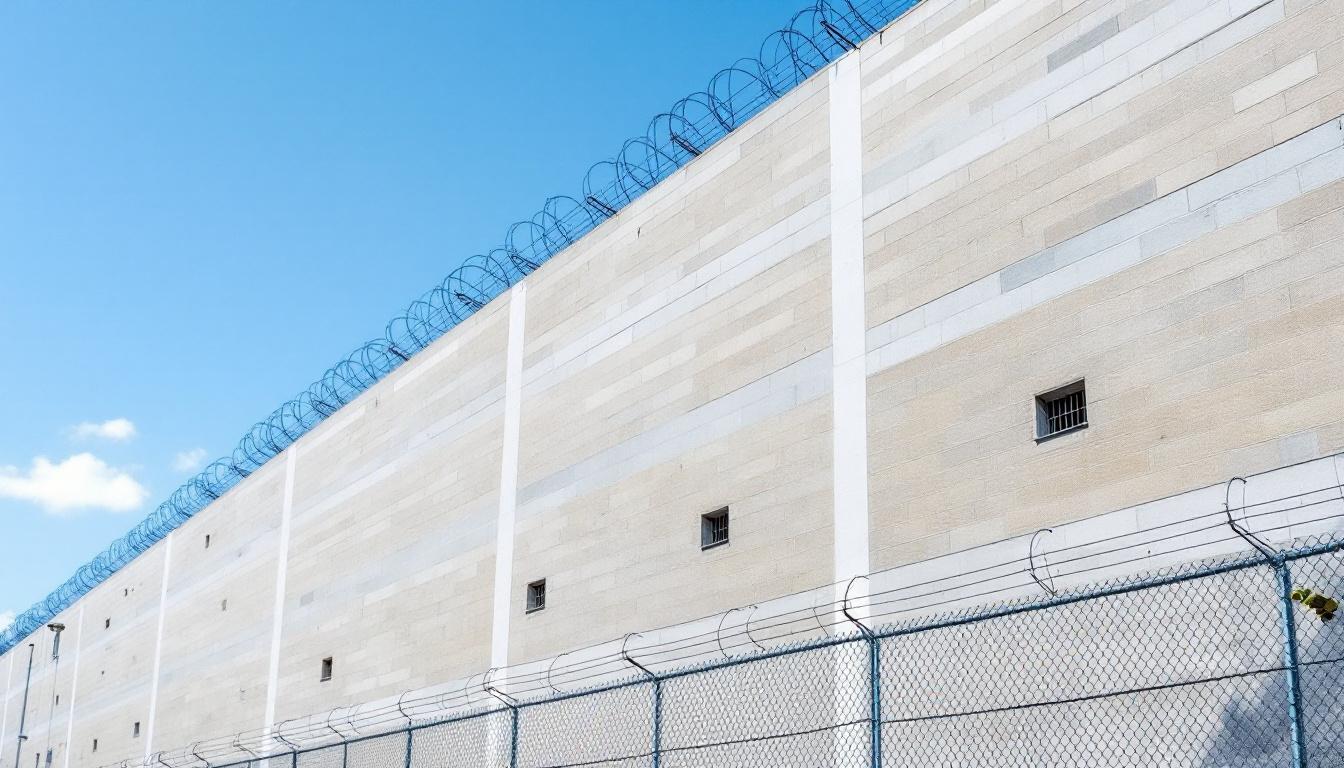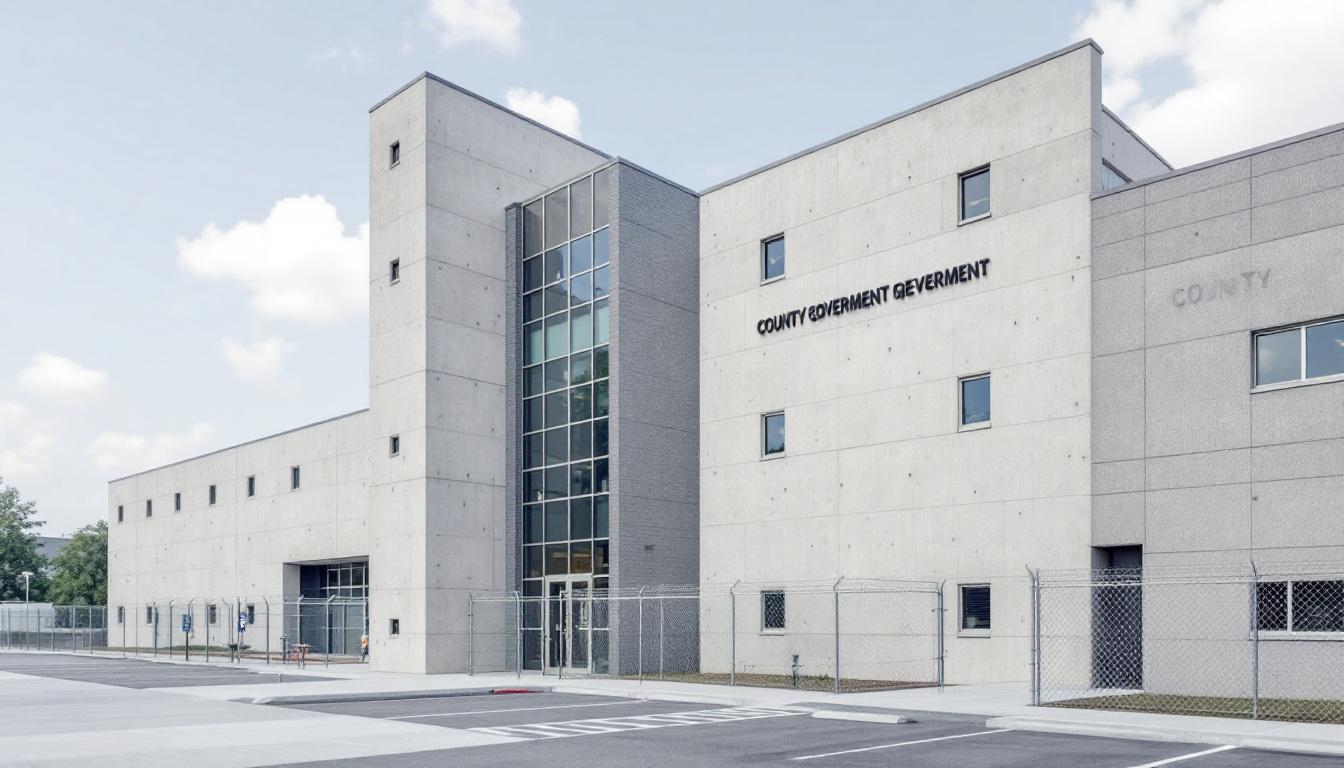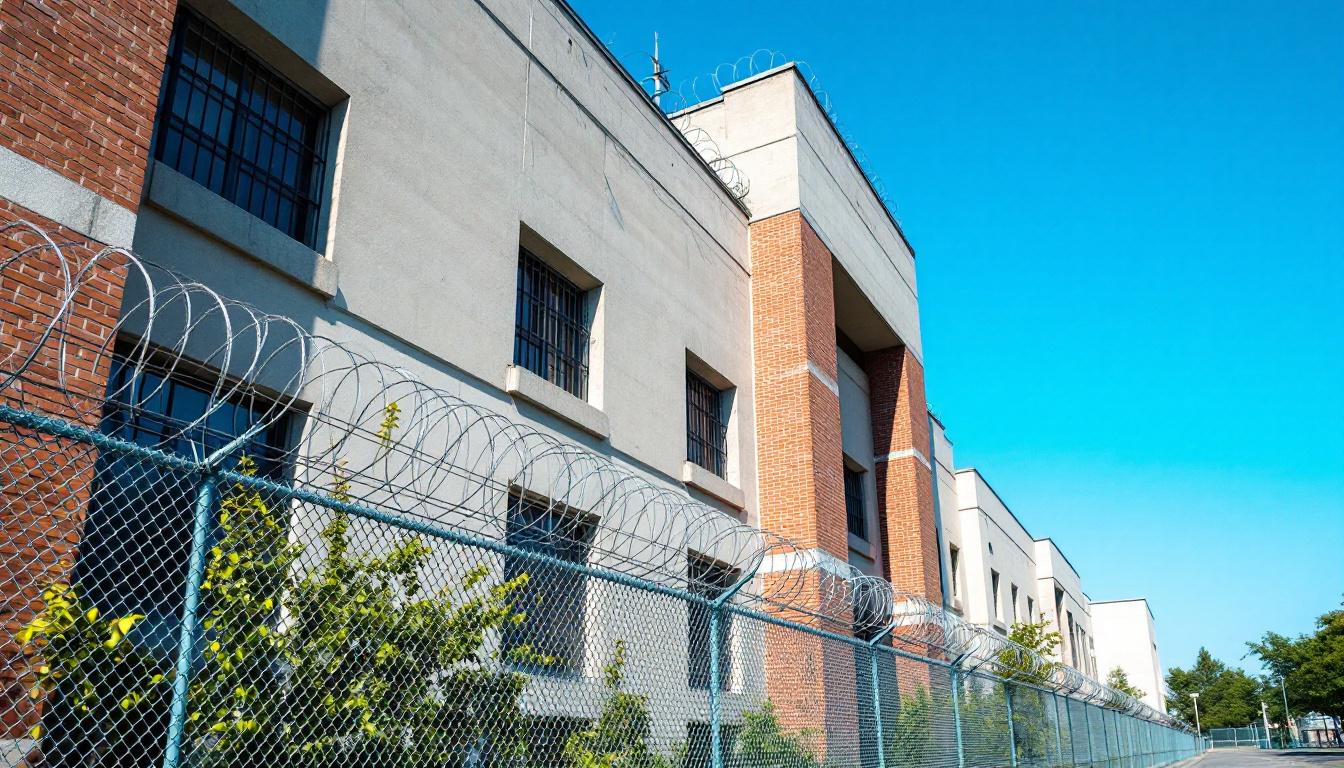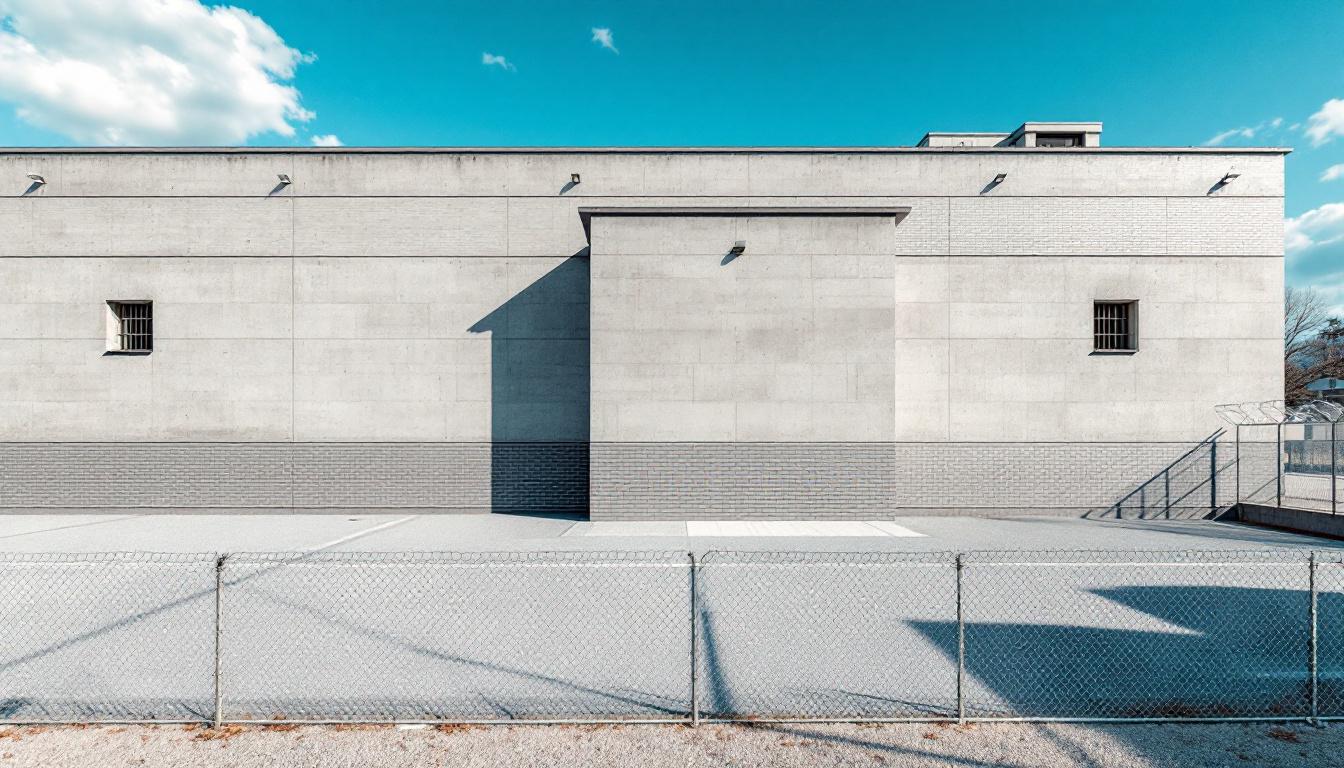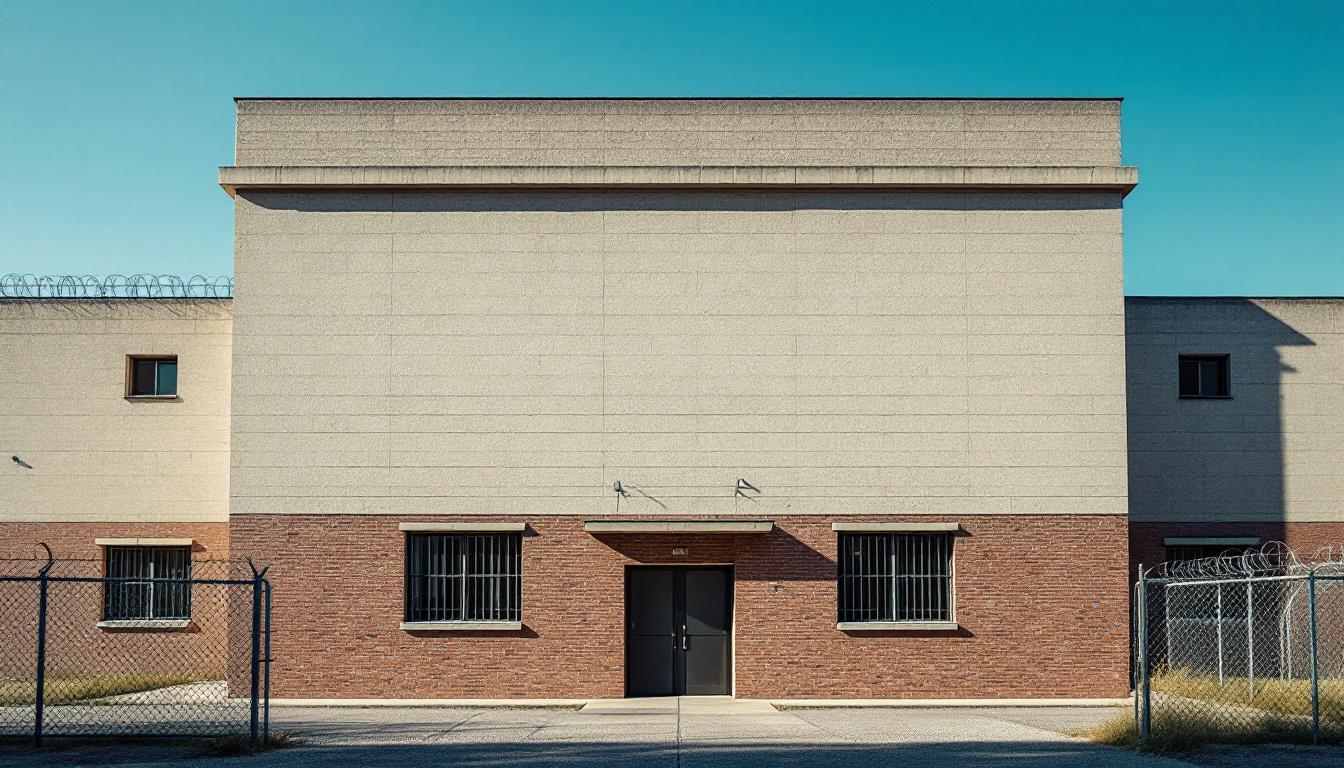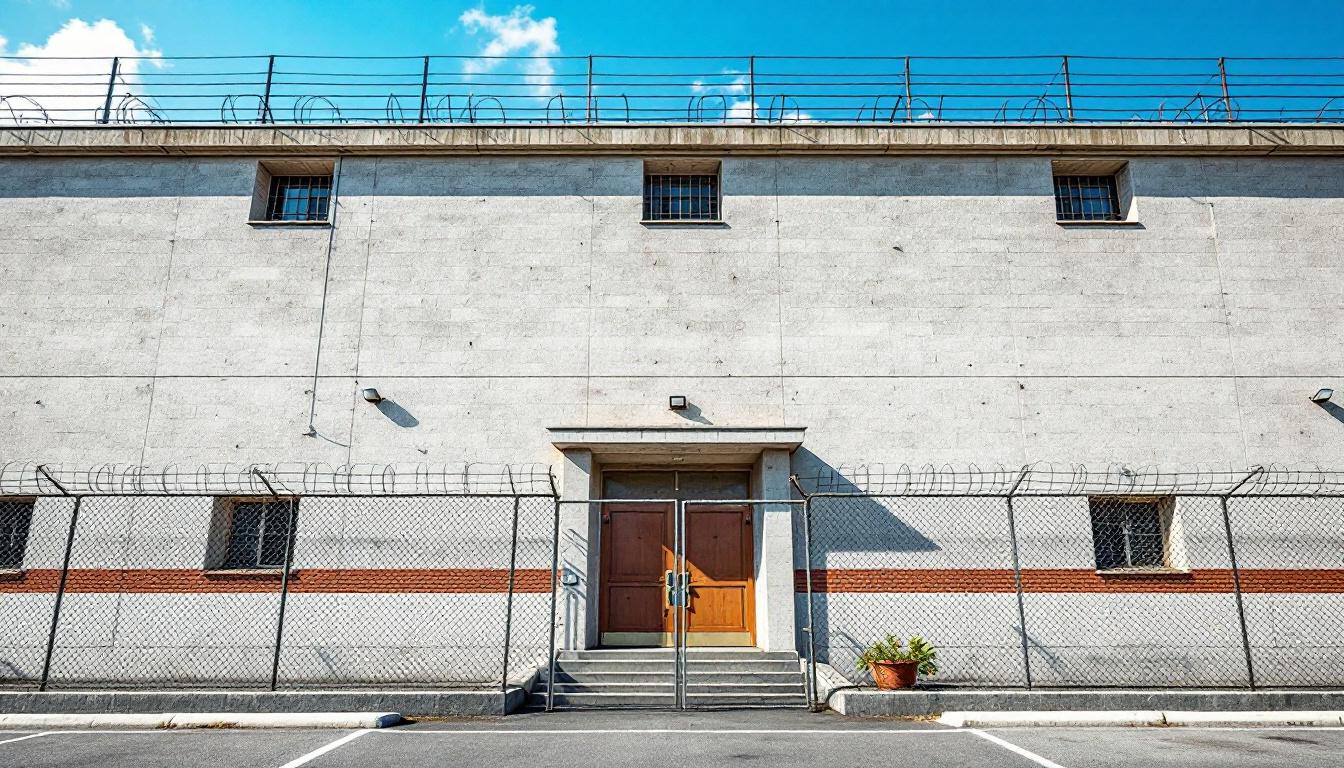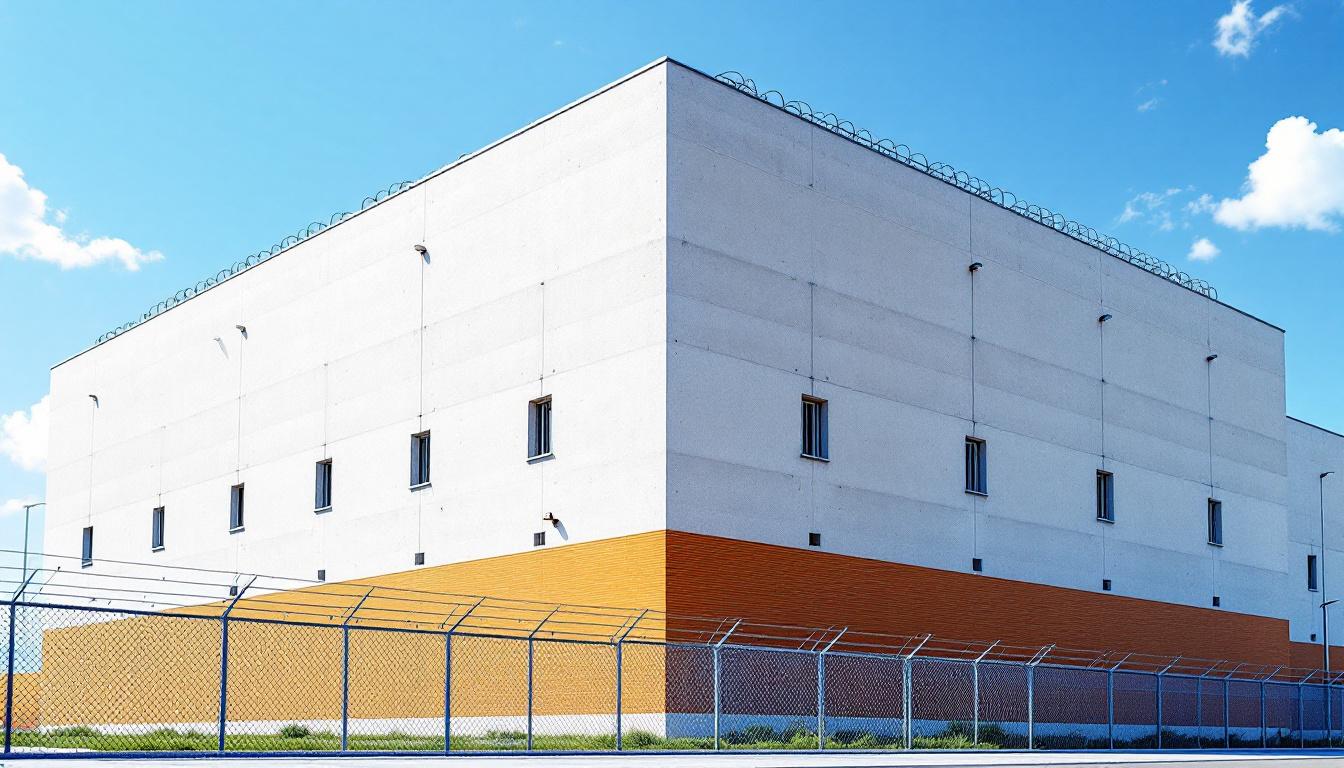
Quick Navigation
How to contact an inmate at Halbert Unit-TDCJ
This comprehensive guide will walk you through how to connect with an inmate at Halbert Unit-TDCJ. Follow the steps below to find an inmate and send letters and photos:
- Search for the inmate using our search tool below
- Create your account or log in to Penmate
- Write your message (up to 6,000 characters)
- Send instantly - inmates receive printed copies daily
Find an Inmate
Search for an inmate to start communicating today
Tip: You can search by first name, last name, or inmate ID number
To contact a person at Halbert Unit-TDCJ start by searching for the person on the official facility website. Perform a search by following these steps:
- Step 1: Enter their first name and last name into the search form and click "Search"
- Step 2: Locate their inmate record
- Step 3: Write down their Inmate ID and any housing information provided
Important! Be sure to enter the person's full name. Nicknames should not be used.
How to Send Messages to Inmates

You can use your phone or computer to send emails, letters, and photos to an inmate. Messages are sent electronically to inmate tablets or kiosks at the facility. If you would like to send a message, start by searching for an inmate at Halbert Unit-TDCJ.
Sending Photos and Postcards

A great way to send love and support to a loved one at Halbert Unit-TDCJ is to send photos and postcards. It only takes a few minutes to send photos from your phone and it makes a huge difference. You can also mail postcards with words of support and inspiration, or design your own postcard for special moments like birthdays and holidays.
Important! Be sure not to send any explicit photos or they may not be approved by the facility. You can also use a photo printing app like Penmate to make sure your photos are printed at the correct size (4x6 or 3x5) and are mailed according to the rules and regulations of Halbert Unit-TDCJ.
Frequently asked questions about Halbert Unit-TDCJ
-
How long does it take to deliver a message?
If you're sending an email message your letter is usually delivered within 24-48 hours. For messages sent via mail you should expect delivery within 3-7 days. All messages will need be approved by Halbert Unit-TDCJ.
-
How much does it cost to send a message to Halbert Unit-TDCJ?
You can send a message free using your phone or mail a message via USPS for the price of a $0.60 stamp and envelope. You can also purchase credits or e-stamps from services starting at $1.99.
-
What services can I use to contact an inmate at Halbert Unit-TDCJ?
Penmate
You can use Penmate to send letters and photos to an inmate from your phone. It's an easy way to stay in touch during your loved one's incarceration. Use the inmate locator to find an inmate's location and contact information, then you can send messages within a few minutes.
Securus messaging
Securus may be another option for communicating with an inmate at Halbert Unit-TDCJ. You can create a friends and family account and purchase credits to send messages. All messages will be reviewed and must be approved by the facility.
JPay
Some county jails and state prisons may support sending messages with JPay. You must register an account with the system, find your loved one, and purchase stamps to send messages. For some locations you can also attach photos.
Smart Jail Mail
You may also check if Smart Jail Mail is available at Halbert Unit-TDCJ. Smart Jail Mail is operated by Smart Communications and has contracted with some state and county jails. After purchasing credits, your messages and photos are sent to the facility, printed out, and then handed out to your loved one.
-
What is the mailing address of Halbert Unit-TDCJ?
Mailing address:
Halbert Unit-TDCJ
800 Ellen Halbert Dr
Burnet, TX 78611
Phone: (512) 756-6171Business hours:
- Monday: Open 24 hours
- Tuesday: Open 24 hours
- Wednesday: Open 24 hours
- Thursday: Open 24 hours
- Friday: Open 24 hours
- Saturday: Open 24 hours
- Sunday: Open 24 hours
-
What are the visiting hours at Halbert Unit-TDCJ?
Visiting hours at Halbert Unit-TDCJ vary by housing unit and security level. Generally, visits are scheduled on weekends and holidays, with some facilities offering weekday visits. Contact the facility directly at (512) 756-6171 or check their website for the current visiting schedule. Visits typically last 30-60 minutes and must be scheduled in advance.
-
What items are prohibited when sending mail to Halbert Unit-TDCJ?
Prohibited items typically include: cash, personal checks, stamps, stickers, glitter, glue, tape, staples, paperclips, polaroid photos, musical or blank greeting cards, hardcover books, magazines with staples, and any items containing metal or electronics. Only send letters on plain white paper with blue or black ink. Photos must be printed on regular photo paper (no Polaroids). Always check with Halbert Unit-TDCJ for their specific mail policies.
-
How do I send money to an inmate at Halbert Unit-TDCJ?
You can send money to an inmate at Halbert Unit-TDCJ through several methods: 1) Online using JPay, Access Corrections, or the facility's approved vendor, 2) Money orders mailed directly to the facility with the inmate's name and ID number, 3) Kiosks located in the facility lobby, or 4) Over the phone using a credit or debit card. Fees vary by method, typically ranging from $2.95 to $11.95 per transaction.
-
Can I schedule a video visit with an inmate at Halbert Unit-TDCJ?
Many facilities now offer video visitation as an alternative to in-person visits. At Halbert Unit-TDCJ, video visits may be available through services like Penmate, Securus Video Connect, GTL, or ICSolutions. Video visits typically cost $10-20 for 20-30 minutes and must be scheduled in advance. You'll need a computer or smartphone with a camera and reliable internet connection. Contact the facility for their specific video visitation policies and approved vendors.
-
What identification do I need to visit an inmate at Halbert Unit-TDCJ?
All visitors must present valid government-issued photo identification such as a driver's license, state ID, passport, or military ID. Minors must be accompanied by a parent or legal guardian who can provide the minor's birth certificate. Some facilities require visitors to be on the inmate's approved visitation list, which may require a background check. Contact Halbert Unit-TDCJ for specific ID requirements and visitor approval procedures.
-
How can I find out an inmate's release date?
To find an inmate's release date at Halbert Unit-TDCJ, you can: 1) Use the online inmate search tool if available, 2) Call the facility's records department, 3) Contact the inmate's case manager or counselor, or 4) Have the inmate provide this information during a call or visit. For privacy reasons, some facilities only release this information to immediate family members.
Facility Overview
Official Website

About Halbert Unit-TDCJ
Situated within the greater Dallas metropolitan area, the Ellen Halbert Facility, Tx operates as a state correctional institution serving the broader Texas Department of Criminal Justice system. This TX correctional facility maintains its commitment to balancing secure custody operations with comprehensive programming designed to address the diverse needs of its incarcerated population. The facility's operational philosophy centers on creating structured environments where residents services can effectively support both immediate institutional needs and longer-term reintegration objectives.
The correctional facility typically emphasizes educational advancement and vocational skill development as cornerstone elements of its rehabilitation approach. Programming efforts generally focus on literacy improvement, GED completion opportunities, and workforce preparation initiatives that may include various trade-based training components. Mental health services and substance abuse counseling often form integral parts of the facility's comprehensive approach to addressing underlying factors that contribute to criminal behavior. These programs frequently operate through coordination with community-based organizations and educational institutions throughout the Dallas region, reflecting the facility's commitment to leveraging external partnerships for enhanced program delivery.
Community resource partnerships typically extend beyond the facility's walls to create meaningful connections between residents and support networks that may prove valuable upon release. The facility generally maintains relationships with local faith-based organizations, educational providers, and workforce development agencies throughout the Dallas area. These collaborative efforts often include mentorship programs, job placement assistance, and transitional support services designed to reduce recidivism rates and promote successful community reintegration. Such partnerships reflect the broader understanding that effective rehabilitation requires sustained engagement with community resources and support systems that extend well beyond the period of incarceration.
Programs & Services
Comprehensive rehabilitation through structured skill development forms the cornerstone of transformative initiatives at Ellen Halbert Facility. The facility's approach emphasizes practical competency building alongside personal growth opportunities, recognizing that successful reintegration requires both technical proficiency and emotional resilience. This multifaceted strategy typically encompasses educational advancement, professional training, and therapeutic support services designed to address the diverse needs of residents preparing for community reentry.
Educational and vocational initiatives may deliver extensive training opportunities that often include specialized vocational programs targeting high-demand industries. Residents frequently participate in comprehensive skill-building courses that develop marketable competencies in various trades and technical fields. Moreover, work programs within the facility typically provide hands-on experience in essential services such as masonry and janitorial operations, allowing participants to develop both technical expertise and workplace discipline while contributing to facility maintenance and operations.
Support services and therapeutic initiatives often encompass faith-based programming that addresses spiritual and emotional wellness alongside practical skill development. These comprehensive offerings may deliver structured environments where residents can explore personal growth through religious study and community service participation. The integration of vocational training with supportive services typically creates a holistic framework that addresses both immediate skill acquisition needs and longer-term behavioral modification goals, fostering an environment where residents can develop the tools necessary for successful community reintegration.
Daily Life & Visitation
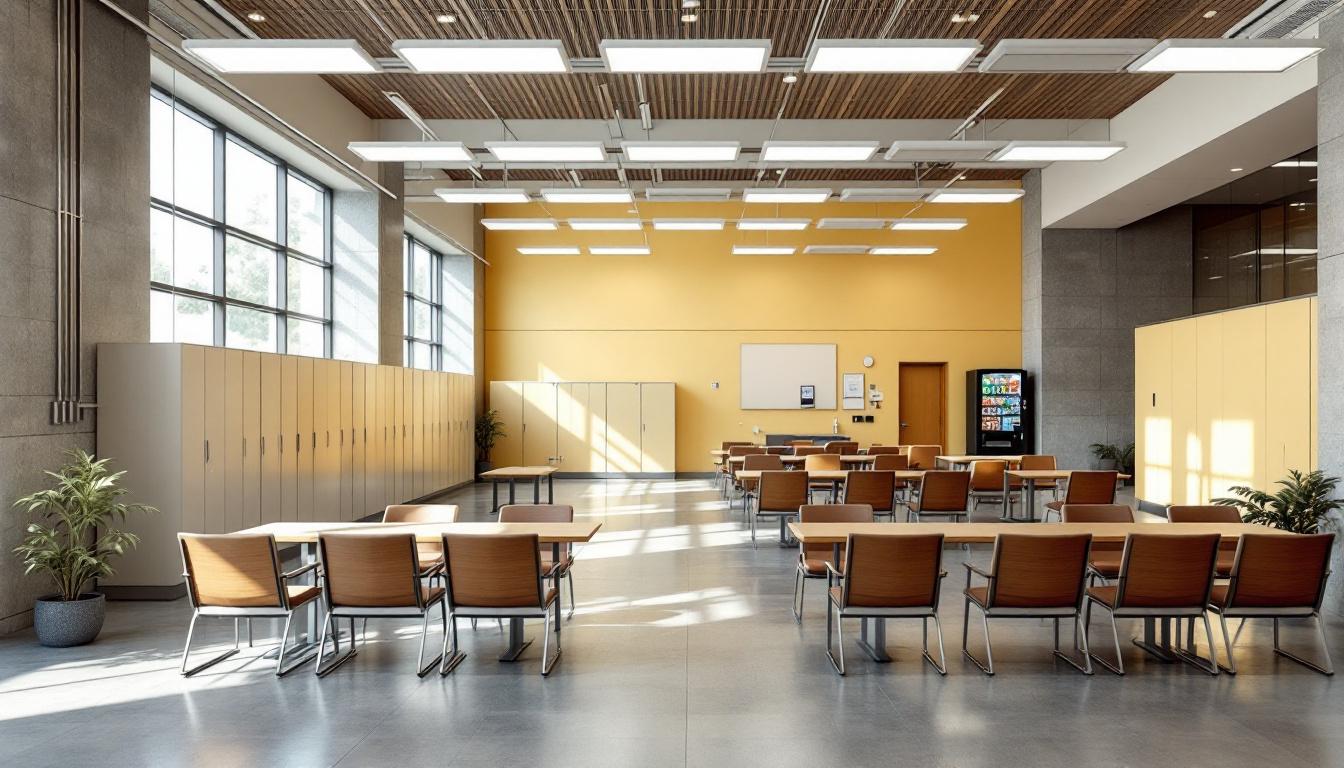
The rhythm of each day begins before dawn with structured wake-up procedures that currently establish the foundation for all activities that follow, and this routine continues to provide residents with predictable patterns that help maintain stability throughout their incarceration. Morning counts, meal times, and work assignments typically unfold in carefully orchestrated sequences, with residents generally moving between housing units, dining areas, and program locations according to established schedules. The facility usually delivers structure through consistent timing for activities such as recreation periods, educational programming, and medical appointments, ensuring that residents can anticipate and prepare for each portion of their day.
Moreover, living accommodations at the Ellen Halbert Facility typically consist of housing units designed to accommodate multiple residents, with personal space generally limited to individual bunks and small storage areas for approved personal property. Residents usually share common areas within their housing units and have access to basic amenities such as restroom facilities, dayrooms for television viewing, and areas for personal hygiene. The commissary system generally allows residents to purchase approved items to supplement their basic needs, whereas meal service typically provides three scheduled dining periods each day in designated areas with menus that meet nutritional requirements established by correctional standards.
Recreation and exercise opportunities often include outdoor time in designated yard areas, indoor recreational activities, and access to library services when available, while work assignments may involve facility maintenance, food service, or other institutional operations that help residents develop job skills and contribute to daily operations. Visitation policies typically allow approved family members and friends to maintain contact through scheduled visits, and communication options generally include monitored telephone access and correspondence privileges. Structured programming schedules often deliver educational classes, vocational training, and therapeutic services designed to support rehabilitation goals, helping residents use their time constructively while maintaining connections with their support systems outside the facility.
Ready to Connect?
Start communicating with your loved one today
Search for an Inmate
